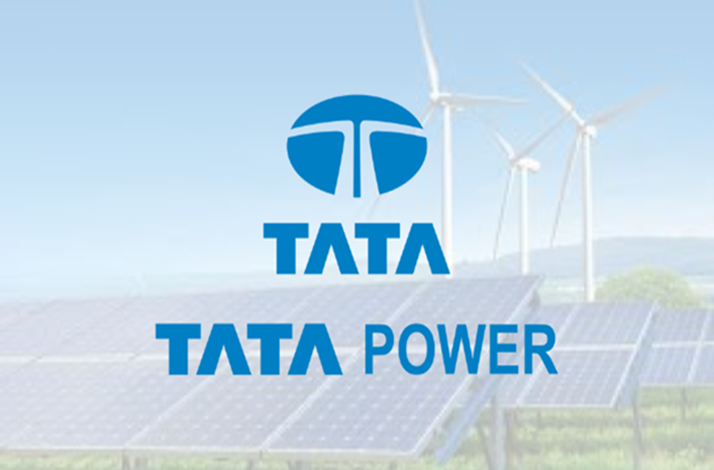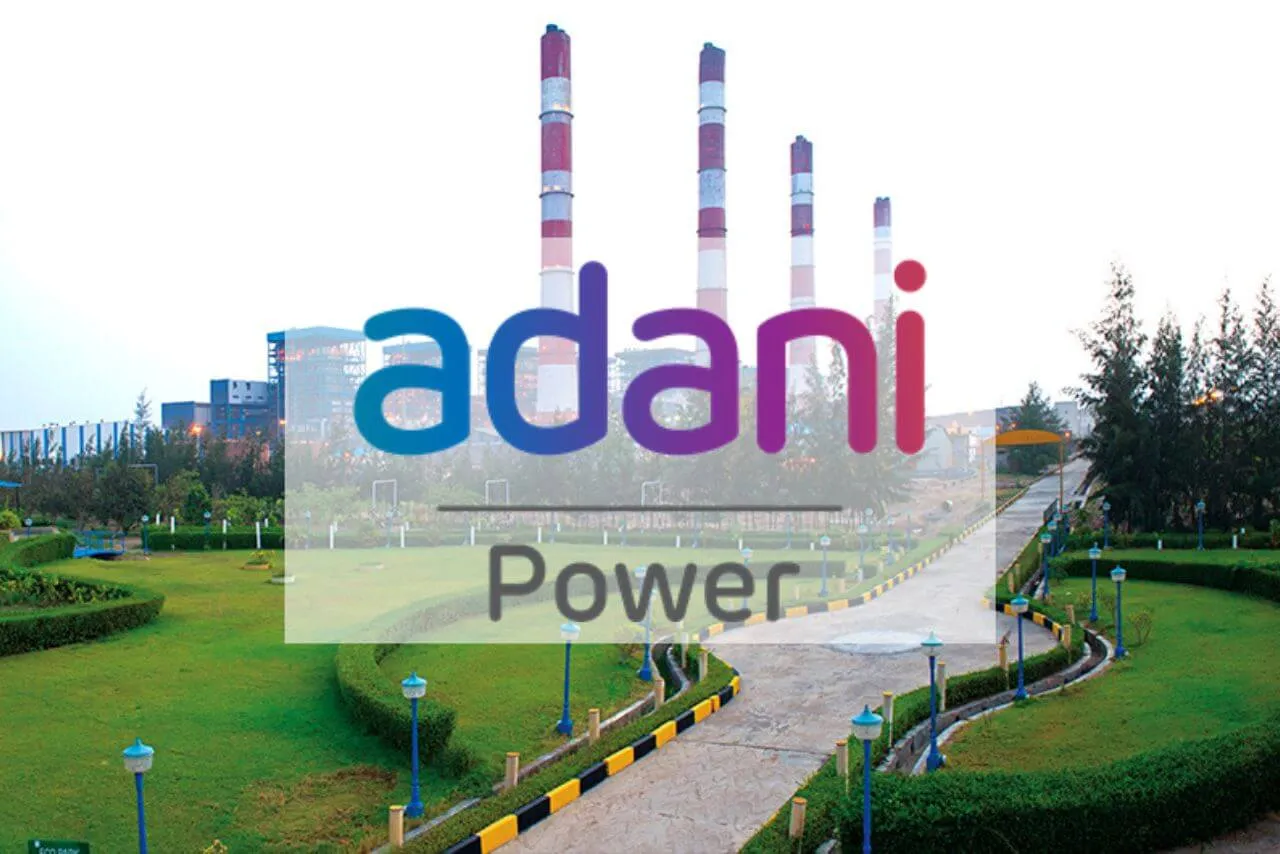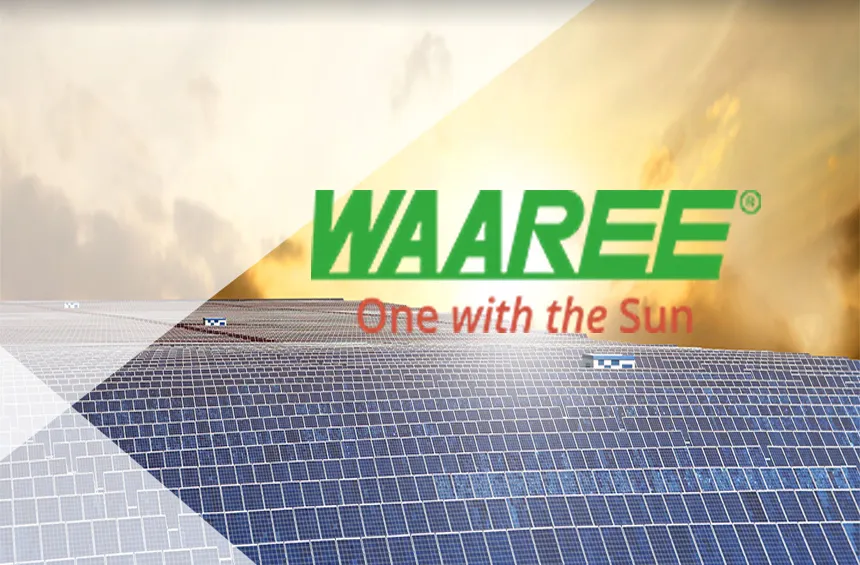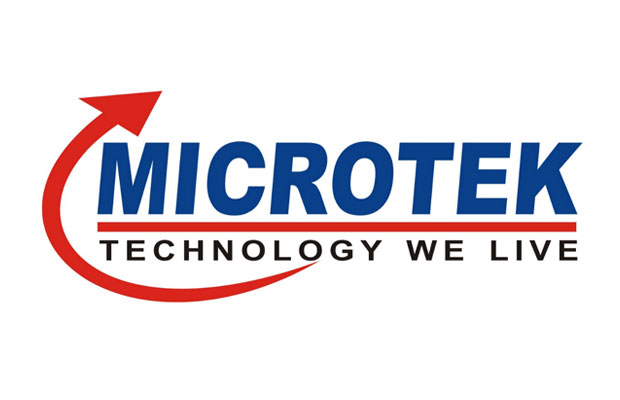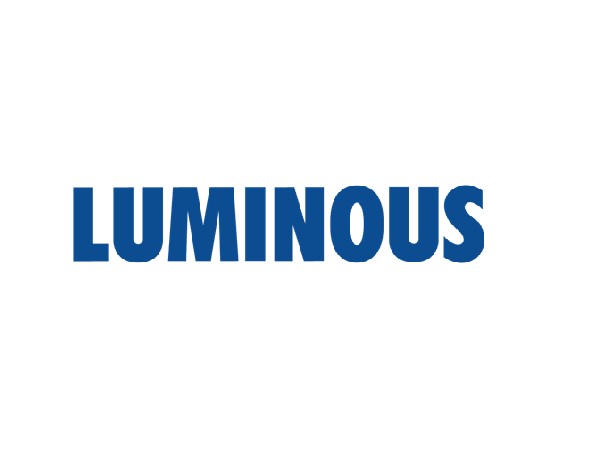Single-Axis Tracking Solar Installation Services
Single-Axis Tracking Solar Systems
Harness the full potential of solar technology with Wellborn Digital’s single-axis tracking solar systems. Designed to increase energy production by tracking the sun’s path, our systems are perfect for maximizing efficiency in large-scale solar projects. Explore how our single-axis trackers can transform your energy solution.
What is a Single-Axis Tracking Solar System?
A single-axis tracking solar system features solar panels mounted on structures that rotate using a single axis, typically aligned from north to south. This setup allows the panels to follow the east to west trajectory of the sun, optimizing the panels’ exposure to sunlight throughout the day and significantly enhancing power generation compared to fixed systems.
Benefits of Single-Axis Tracking Solar Installations
- Increased Energy Production : Trackers can increase solar output by 20-30% by maintaining optimal alignment with the sun.
- Efficiency During Peak Hours : : Maximizes energy production during peak daylight hours, which can coincide with peak demand times, enhancing the value of the energy generated.
- Adaptability : Some systems can be adjusted seasonally to account for the sun’s lower path in the winter, improving year-round performance.
- Reduced Cost Over Time : The initial higher investment can often be offset by significantly higher energy outputs, resulting in better long-term savings.


Ideal Applications for Single-Axis Trackers
Single-axis trackers are particularly effective in:
- Utility-Scale Solar Farms : Where the increased energy yield translates into substantial economic benefits.
- Commercial Solar Projects : Businesses with high daytime energy usage can particularly benefit from the increased production during peak hours.
- Agricultural Applications: : Utilized in utility-scale projects where cost and maintenance efficiency are paramount.
Our Fixed Tilt Solar Installation Process
- Site Evaluation : Assessing your location to determine the ideal tilt angle and positioning for maximum solar gain.
- System Design : Custom designing your solar system to fit the specific dimensions and characteristics of your property.
- Professional Installation : Ensuring safe and efficient installation by our certified solar professionals.
- Ongoing Support : Large open areas typical of agricultural settings are ideal for these systems, providing energy for high-consumption tasks like irrigation during sunlight hours.
Installation and Maintenance of Single-Axis Trackers
- Professional Installation : Our experienced team ensures that all trackers are installed with precision for reliable operation.
- Routine Maintenance : We provide comprehensive maintenance services to ensure all moving parts function correctly and efficiently, optimizing the lifespan and performance of your installation.
- Custom Design and Engineering : Each installation is custom-designed to meet specific site and operational requirements, ensuring maximum efficiency and durability.
FAQ
If you don't see an answer to your question, you can send us an email from our contact form.
Send EnquiryA single-axis tracking solar system features solar panels mounted on a structure that moves along one axis. This axis typically runs north to south, allowing the panels to tilt east to west to follow the sun’s path across the sky, optimizing sunlight capture and increasing energy production throughout the day.
Single-axis tracking systems can increase energy production by approximately 20-30% compared to fixed tilt systems. The exact increase in efficiency depends on the geographic location, the precision of the tracking technology, and the type of solar panels used/p>
Yes, single-axis trackers require more maintenance than fixed systems due to their moving parts. Regular maintenance tasks include lubricating the moving components, checking and tightening hardware, and ensuring that the tracking controllers and motors are functioning properly.
While technically feasible, single-axis trackers are generally more common in commercial and utility-scale solar projects due to their size, cost, and maintenance requirements. For residential installations, the available space and the initial investment may be prohibitive, although they can be ideal for homes with extensive land and high energy needs.
The primary benefits include:
-
Enhanced Energy Output: By continuously aligning the solar panels with the sun, these systems maximize the solar energy captured.
-
Improved Performance During Peak Hours: These systems are particularly effective during peak sun hours, increasing output when the demand for electricity is often highest.
-
Potential Increase in Return on Investment: The increased energy production can lead to faster payback periods and greater long-term savings.
The main challenges include higher initial installation costs, increased maintenance due to mechanical wear and tear, and the need for more space to prevent shading as the panels move. Additionally, these systems are more susceptible to damage in extreme weather conditions, such as high winds.
Most modern single-axis tracking systems are equipped with stow functions that place the panels in a flat or vertical position to minimize wind load during extreme weather conditions. Regular inspections and maintenance are crucial to ensure the system’s resilience to weather-related damage.
The installation time for a single-axis tracking system can vary based on the size of the installation and site-specific factors but is generally longer than installing a fixed system. It’s important to consult with a professional to get an accurate estimate based on your specific project requirements.
Site suitability for a single-axis tracker depends on several factors, including the amount of available space, the site’s latitude, and the typical weather conditions. An initial site assessment conducted by professionals can determine if a single-axis tracking system is appropriate for your location.
